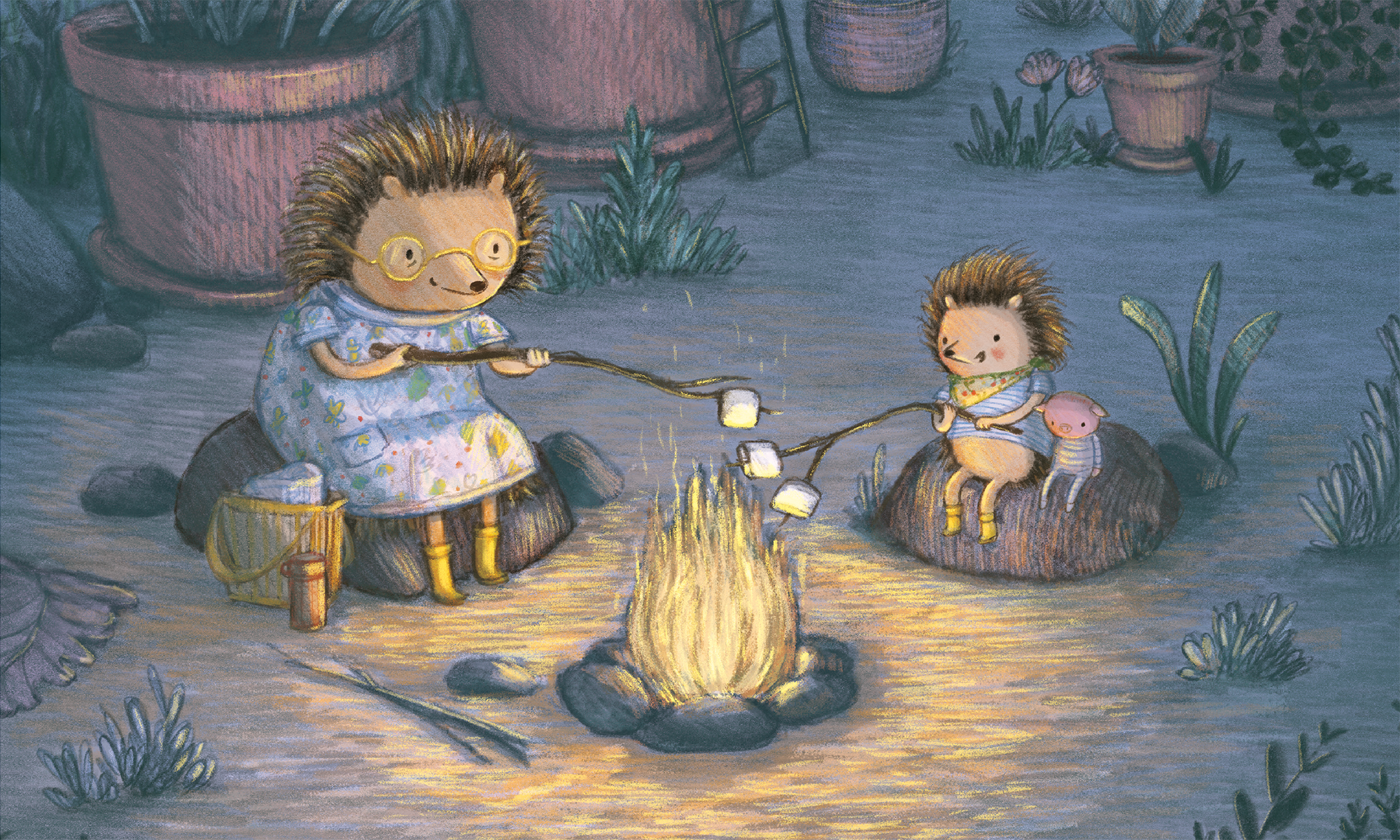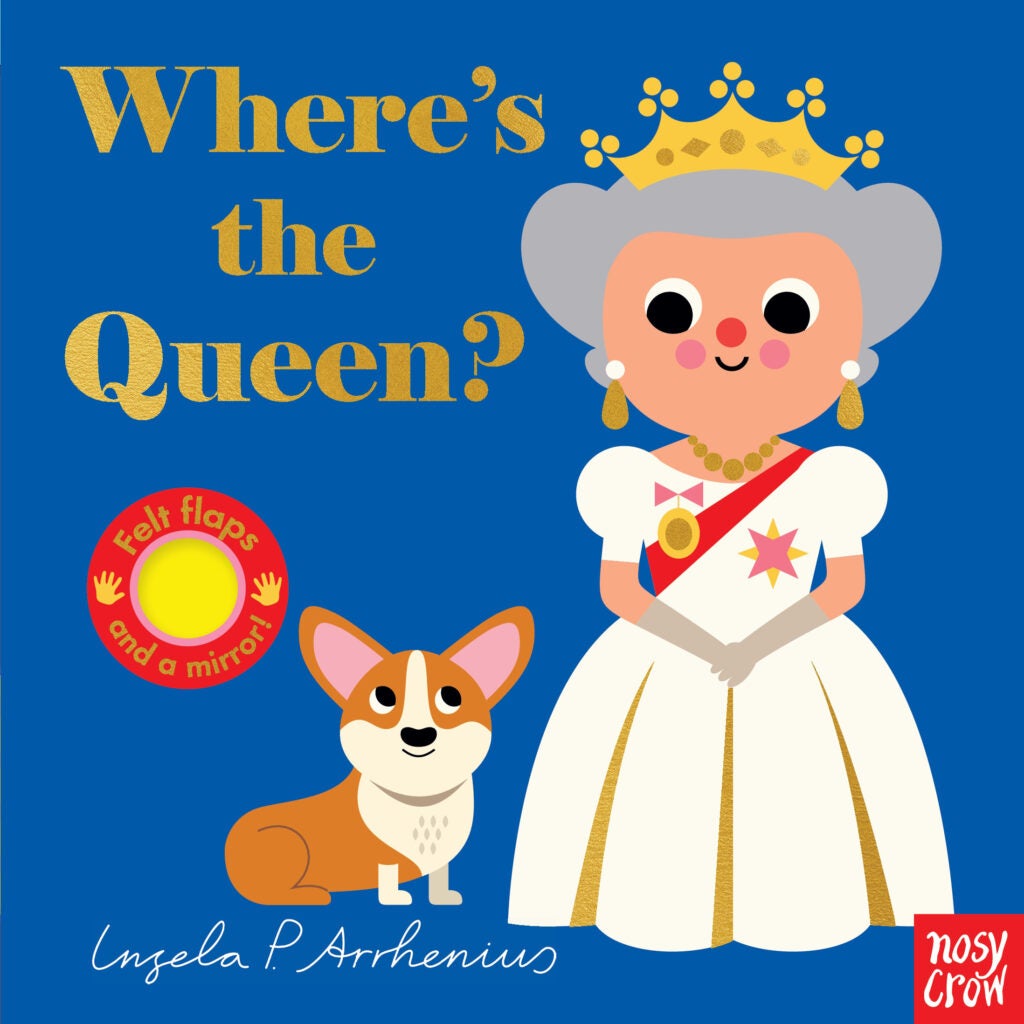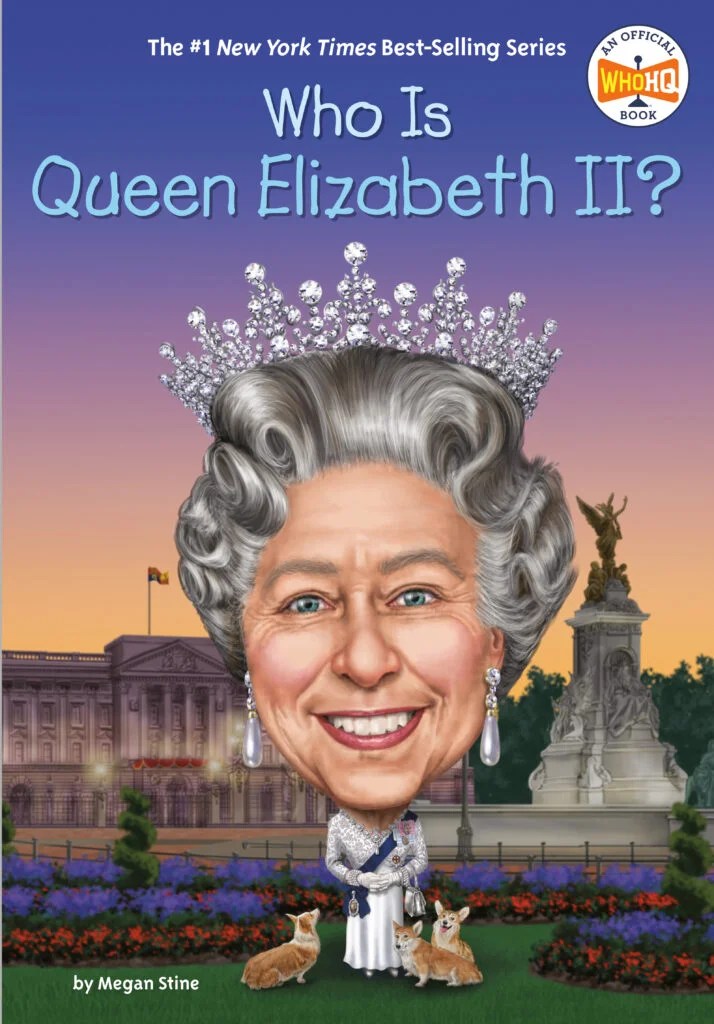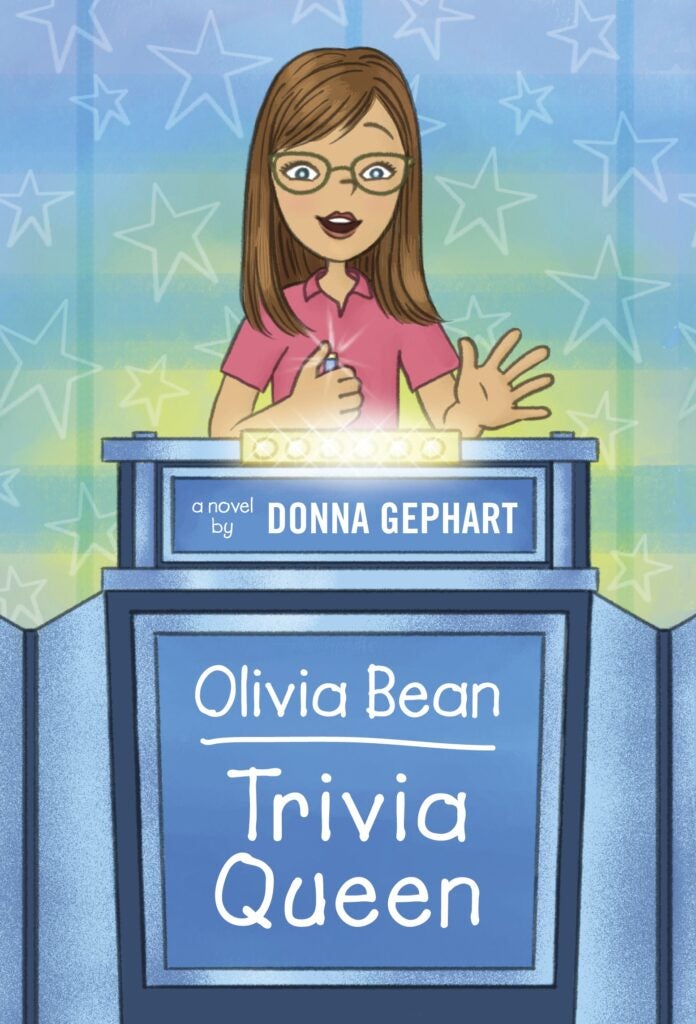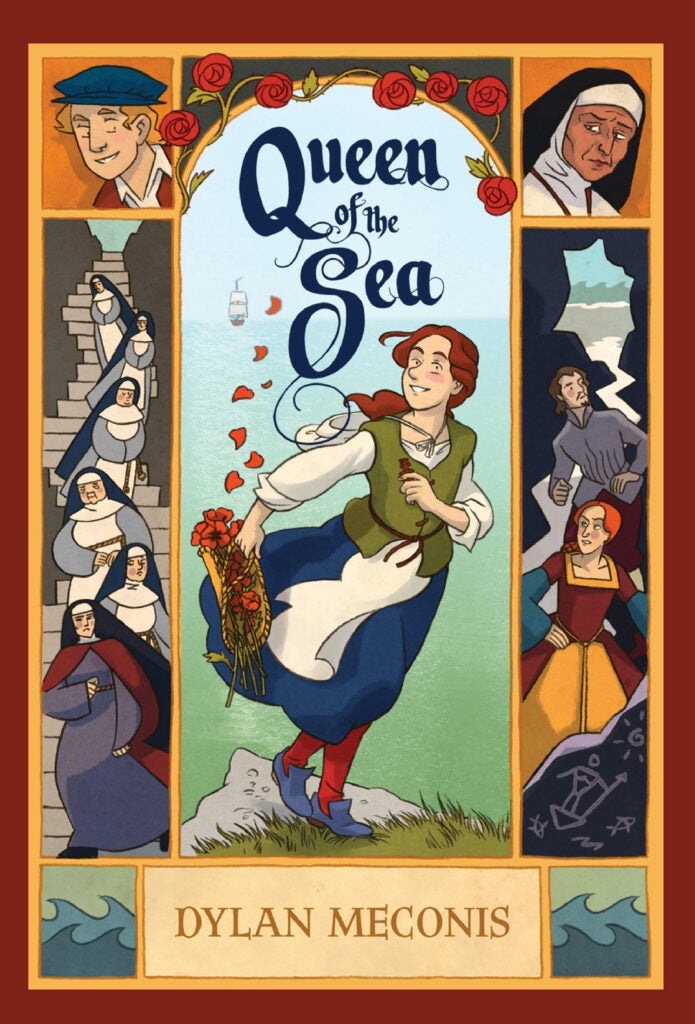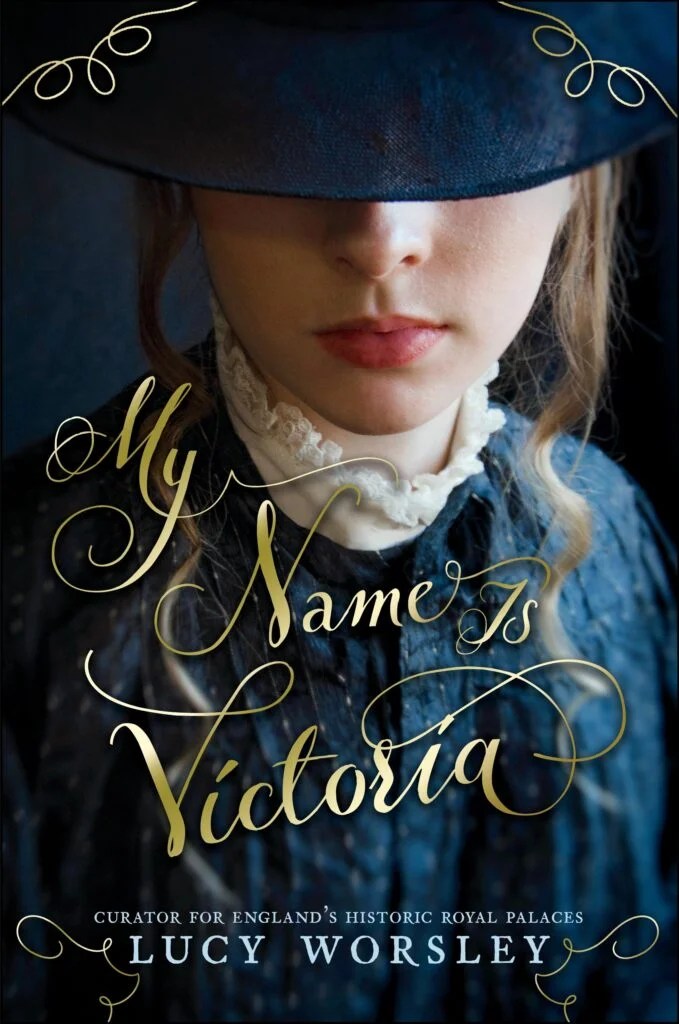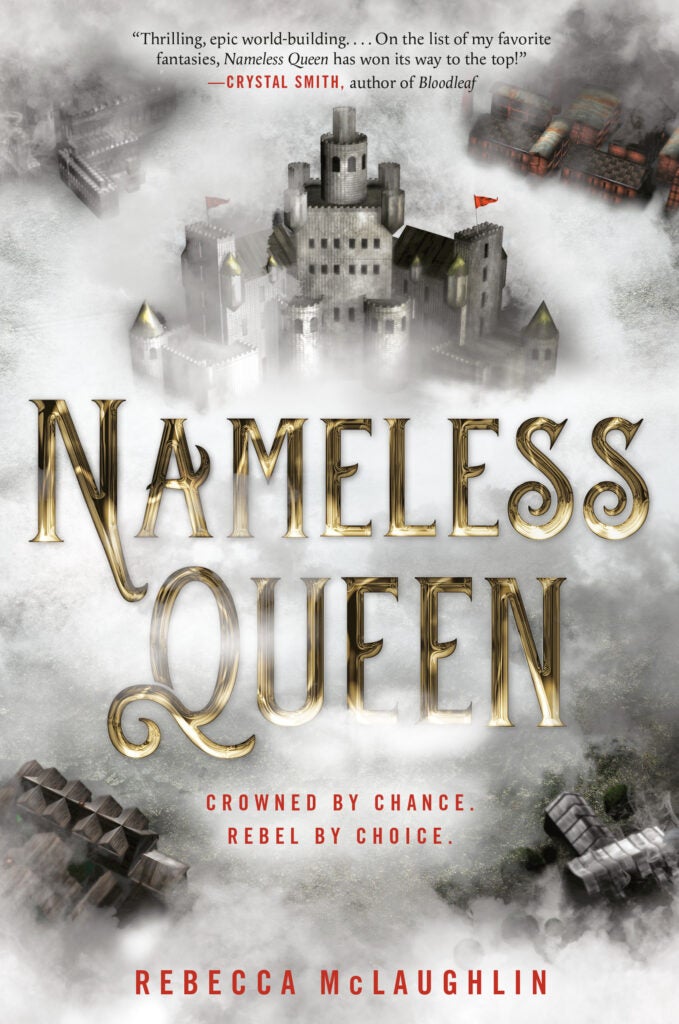Hello, and thanks for joining us at Tundra Telegram, the column where we run through the issues giving readers grief, and suggest a few books for reading AND weeping.
Since 2005, people have acknowledged “Blue Monday.” (Celebrate is not exactly what we’d say happens.) The third Monday of January was given that name by a UK travel company, since they had allegedly calculated it as the most depressing day of the year. (One can assume they hoped to inspire some January travel to combat said blues.) Relatedly, “Blue Monday,” the song by New Order, has been acknowledged since 1983 to be a serious banger.
Whether there is any basis for “Blue Monday” being the saddest date on the calendar – many mental health professionals have dismissed it as pseudoscience – we nevertheless felt it’s never a bad time to recommend some books for all ages that discuss sadness, grief, and clinical depression. (Though, as a content warning, we should note many of the YA books, in particular, feature frank depictions of mental illness, self-harm, and suicidal ideation.) That said, let’s wallow in some great books about being blue.
PICTURE BOOKS



The titular ursine friend in Cecile Metzger‘s Invisible Bear is not necessarily sad or depressed (per se), but he does spend his days alone in his quiet, colorless home in a forgotten place, where no one comes to visit him. That is, he does until the colorful Madam Odette bursts into his life as a friendly neighbor and both their lives are forever changed for the better.
The Pink Umbrella by Amélie Callot and Geneviève Godbout is similarly about the transformative power of friendship over sadness. Café owner Adele finds the care that she gives her customers and community is returned when she finds herself in the midst of (emotionally and physically) rainy days. One café customer helps her find the sun during a period of severe gray weather.
There are many metaphors for sadness – lack of color, rainy days. And in What’s Up, Maloo? by skipper of sadness Geneviève Godbout, it’s a kangaroo who loses his hop. Maloo the kangaroo starts stepping everywhere instead. His animal pals look for ways to help Maloo to un-stop the hop, and find patience and support can help get a bounce back.

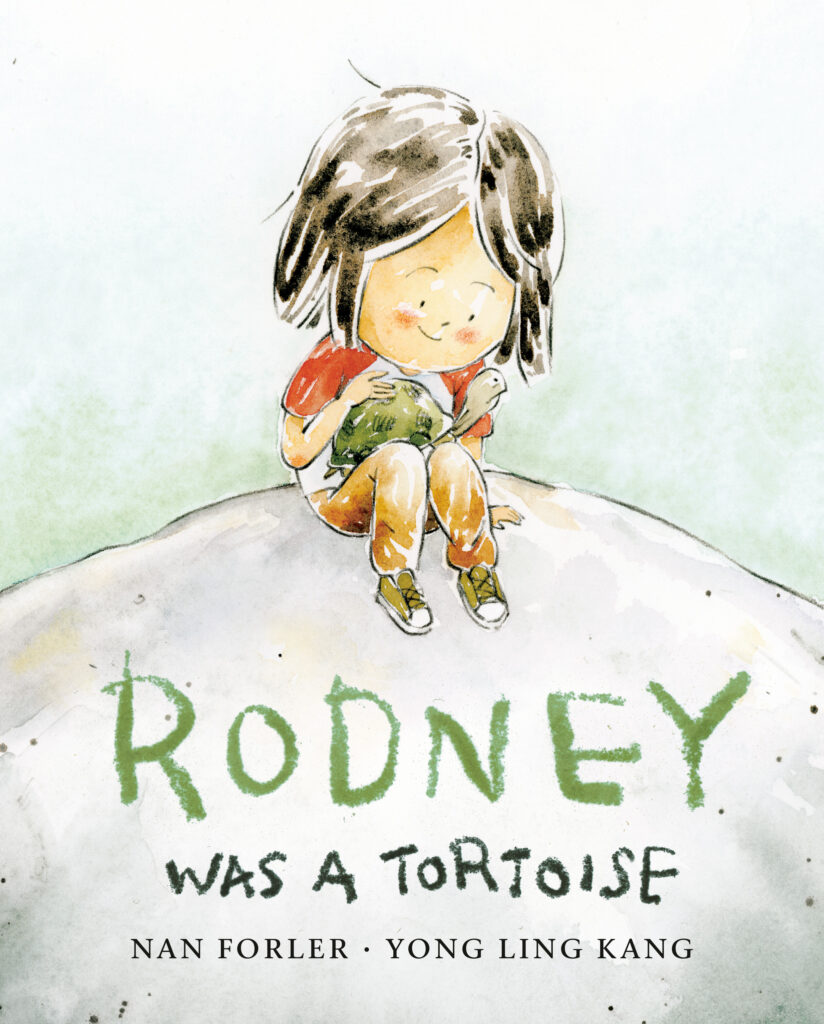

Some say grief is love persevering, which is a beautiful analogy. But for the purposes of this list, grief is a deep sorrow, usually caused by a great loss. A Garden of Creatures by Sheila Heti and Esmé Shapiro is a tender and moving picture book about a great loss and the big questions it poses. Featuring a little bunny and cat whose friend, a big bunny, passes away, the book is a perfect read for anyone struggling with grief and a non-traditional meditation on death that offers tranquility.
Grief is also at the heart of Rodney Was a Tortoise by Nan Forler and Yong Ling Kang, a book that perfectly captures the sorrow of losing a pet. But as devastating as Bernadette’s loss of her dear friend Rodney is, the book shows the importance of expressing kindness and empathy, especially when people are experiencing some of life’s most trying moments.
Completing our grief picture book trilogy is Many Shapes of Clay: A Story of Healing by Kenesha Sneed. Eisha’s mother helps her make a special shape out of clay that reminds her of her father. But as her day goes on, the piece of clay hardens and then eventually shatters into pieces when Eisha bumps into it. Eisha has to live with the loss, and work to make something new out of what is left behind. This is a very subtle book about grief, as well as a book about the joys and pain of the creative process.



Kids don’t always know what to do with their sadness, nor do the adults in their lives know how to respond. The Rabbit Listened by Cory Doerrfeld has lessons in sadness for all ages. Young Taylor doesn’t know who to talk to when feeling sad. All the animals Taylor approaches have their own reactions – they want to talk, they want to get angry. But only the rabbit, who simply listens, can provide Taylor with any comfort.
Eva Eland‘s When Sadness Is at Your Door is similar, but suggests young readers treat a feeling of sadness as if it were a guest. Sadness – especially when it lasts a long time – can be confusing and overwhelming. This book suggests you give your sadness a name, maybe do some activities to do with it, like sitting quietly, drawing, or going outside for a walk. This is an excellent book that helps separate sadness from the self, and eschews the idea of “getting over it” or that sadness is, in itself, inherently bad.
And once you finish that, you can read the follow up, Where Happiness Begins, that anthropomorphizes happiness in the same fashion. The book gives happiness a shape, and show readers where they might find it (though it can be elusive).

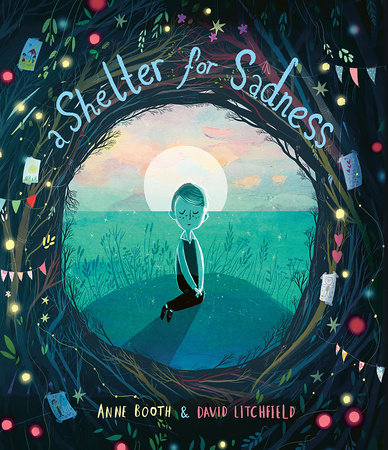

Being sad or depressed can be a heavy emotion. And Whimsy’s Heavy Things by Julie Kraulis is about a young girl whose things keep weighing her down. Whether she tries to sweep them under the rug or set them out to sea, they keep returning to trip her up. Only by dealing with her heavy things one at a time does Whimsy’s fortune change.
A Shelter for Sadness by Anne Booth and David Litchfield also looks at depression through a figurative lens, and shares some similarities with Eva Eland’s work. In it, a boy creates a shelter for his sadness so that he can visit it whenever he needs to, and the two of them can cry, talk, or just sit. The book views sadness as something that needs to be tended and cared for as much as any friend.
Rachel Tomlinson and Tori-Jay Mordey‘s A Blue Kind of Day is less fanciful and more straightforward in its depiction of childhood depression. Coen is depressed and his family members all think they know the way to cheer him up. But (like The Rabbit) only when they begin to listen can they hear what Coen needs as support.

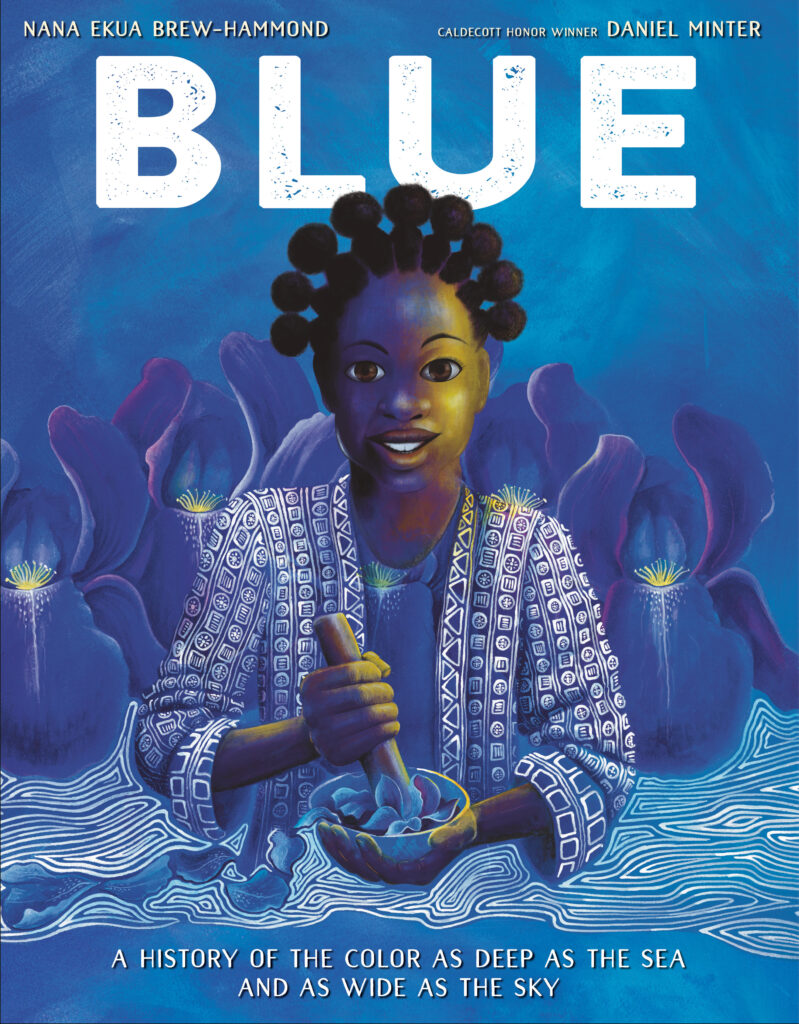
While there are many emotions depicted in Big Feelings by Alexandra Penfold and Suzanne Kaufman – anger, fear, glee, anxiety – sadness is certainly one of the stars of the emotional show. And the adorable kids from the class first seen in All Are Welcome navigate their emotions together, partially by trying to empathize and see multiple points of view.
Finally, Blue: A History of the Color as Deep as the Sea and as Wide as the Sky by Nana Ekua Brew-Hammond and Daniel Minter may not be about sadness or depressions, but Blue Monday is a perfect opportunity to recommend this fascinating cultural history of the color blue. From Afghan painters grinding sapphire rocks to the slave trade’s connections to the demand for indigo pigment and the ways blue jeans are worn, Blue will make you think twice about what colors mean.
CHAPTER BOOKS & MIDDLE GRADE

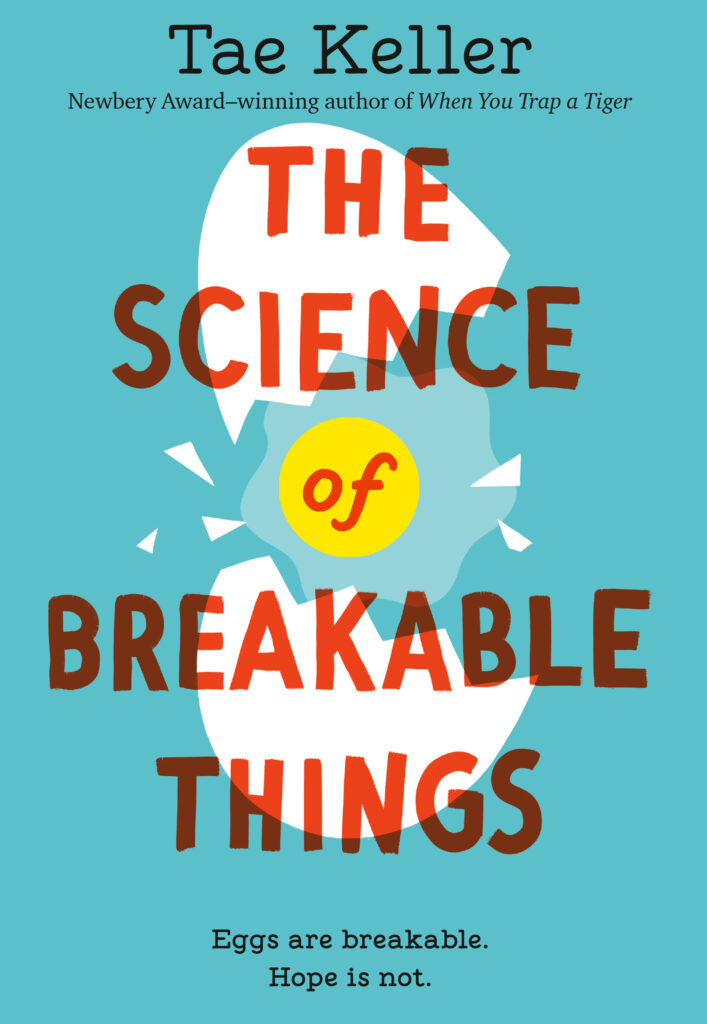

Susin Nielsen‘s No Fixed Address is a very funny book that deals with some difficult issues. Felix is a twelve-year-old kid who lives in a camper van with his mom and has a knack for trivia. While the book chronicles his quest to hide his family’s poverty and compete on a national quiz show to earn them a windfall, it also documents his mother Astrid’s struggles with depression and how their poverty affects how she manages, looking at the economic contributors to mental health.
Natalie in The Science of Breakable Things by Tae Keller also has a mom with depression. And while Felix thinks winning a quiz show will solve most of his problems, Natalie leans into an egg drop competition for similar reasons. With the prize money, she can fly her botanist mother to see the miraculous Cobalt Blue Orchids – flowers that survive against impossible odds – and bring some hope into her life. The novel is a great read for any kid trying to grasp the nuances of depression and loneliness, especially in a parent or guardian.
Laura Tucker‘s All the Greys on Greene Street also features a depressed mother – in this case it’s Olympia’s mother, who falls into a deep funk after Olympia’s father, an antique painting restorer, mysteriously leaves in the middle of the night. Olympia’s mom’s depression is depicted with honesty and sensitivity, and the book looks at family, friendship, and art – all set in 1981 Soho, New York City.


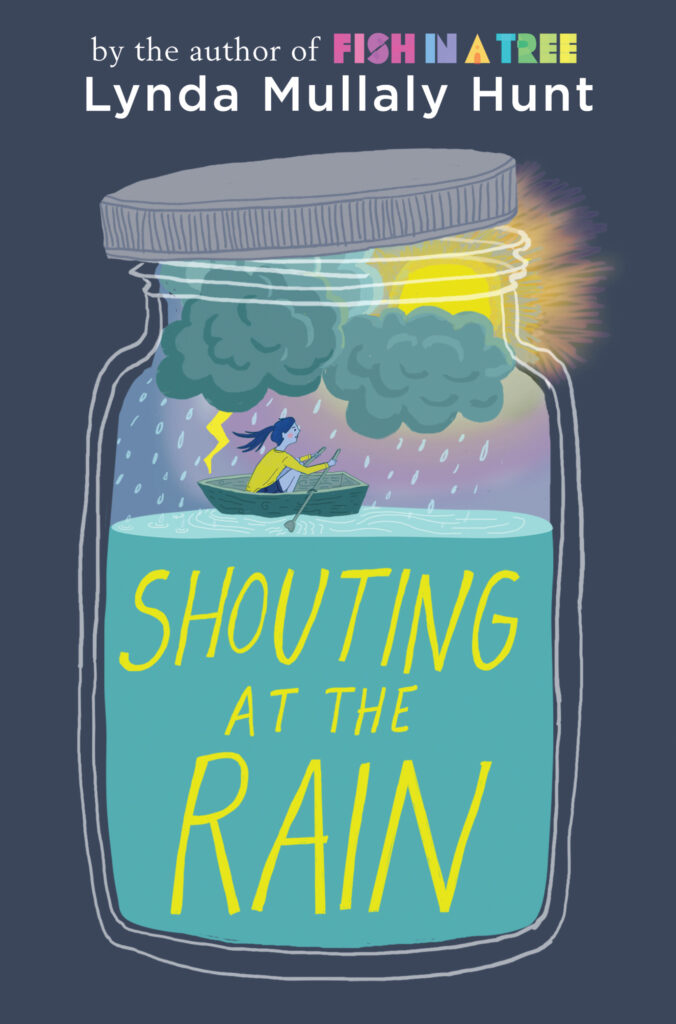
But – as you probably know – it’s not just parents who have depression. And Dunkin Dorfman, one half of the titular duo in Donna Gephart‘s Lily and Dunkin, is a thirteen-year-old new in town with bipolar disorder. His best friend is a trans girl and together, they’re going to do their best to survive school, despite the odds stacked against them.
Lucy’s mother in Chasing the Milky Way by Erin E. Moulton also has bipolar disorder, and Lucy finds it a challenge in her efforts to become a world-famous robotics scientist. But despite her frustration, Lucy and her baby sister Izzy will go to great lengths to protect the mother they love in a empathetic portrayal of manic depression.
Delsie in Shouting at the Rain by Lynda Mullaly Hunt does not, as far as readers know, have bipolar disorder or depression, but she is having one cruel summer in Cape Cod. She’s dealing with the loss of a best friend, bullying, and her absent mother. But in time, Delsie learns to live with gratitude and in a way that helps others respond in positive ways.
YOUNG ADULT




Nothing is more emo than YA, so obviously there are tons of great novels that delve into sadness and depression. Exhibit A: The Year After You by Nina De Pass, in which Cara is consumed by grief and survivor’s guilt after she survives a tragic accident on New Year’s Eve – but her friend does not. Months later, at a boarding school in Switzerland where no one knows the accident happened, new classmates Ren and Hector try to break through the walls Cara has built and help her begin to forgive herself.
Do you need another novel about a young woman trying to outrun tragedy in her past written by someone named ‘Nina’? Try We Are Okay by Nina LaCour, a moving portrait of loss and loneliness, which one GoodReads reviewer said had her crying “in a park while staring into the unsympathetic rodent eyes of a squirrel hiding nuts for the winter.” Sounds perfect.
Girl in Pieces by Kathleen Glasgow is a difficult book that looks at self-harm, one method many teens sadly use to handle their grief and sadness. And protagonist Charlie’s life is filled with traumas – a dead father, abusive mother, life on the street – that can be hard to read, but her journey to put herself back together and find new outlets for her grief is inspiring.
All the Bright Places by Jennifer Niven (which is now also a movie!) is a romance between two very sad (read – trigger warning – suicidal) teens, dealing respectively with deep grief or bipolar disorder. But when Finch and Violet meet on the ledge of the school’s bell tower, it’s unclear who saves whom. Together, they decide to discover the natural wonders of their state of Indiana and give them reasons to live – finding they can really be themselves with each other. But how long can that feeling last?


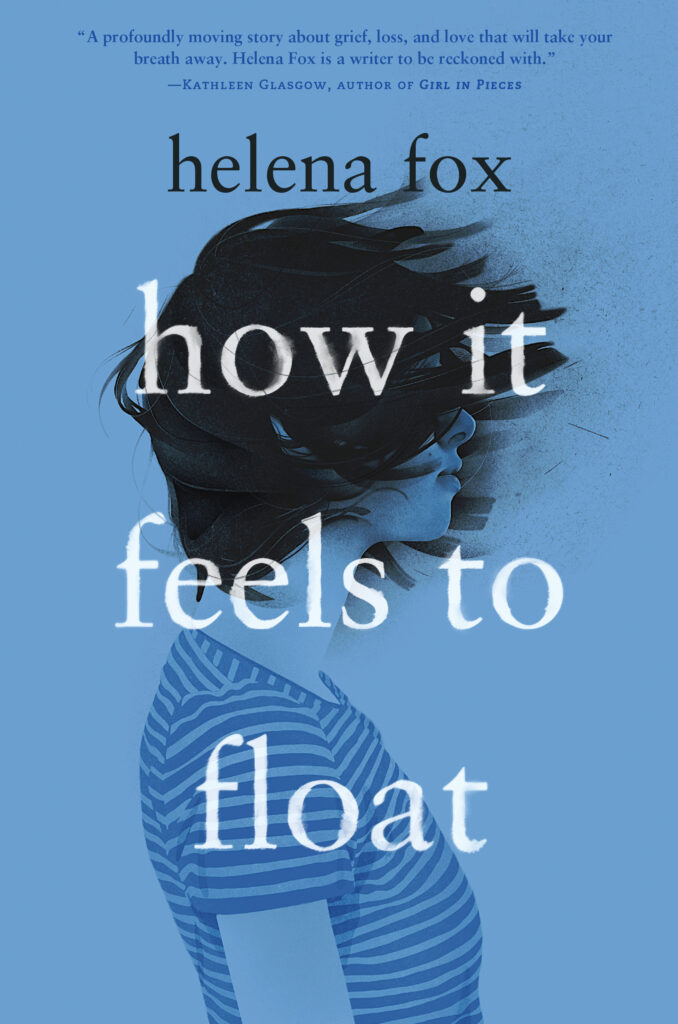
There’s a similar journey to an unknown land in Home Home by Lisa Allen-Agostini: Kayla is sent to Canada (!) from Trinidad to live with an estranged aunt after she is hospitalized for depression. Her mother sees it as the only solution (someone didn’t read When Sadness Is At Your Door!) and Kayla finds herself in the cold and confusing North. But Canada – in addition to frozen landscapes and Tim Hortons iced capps – also could feature the chance at a family that loves unconditionally, some new friends, and the promise of a hopeful future.
Julia in Erika L. Sánchez‘s I Am Not Your Perfect Mexican Daughter is a teenager moving through the grief of losing her older sister – the perfect daughter her parents had all their hopes pinned upon. Not only must she deal with her own devastation, she finds her mother is channeling her grief into criticizing her for all the ways she is not like her dead sister.
For a book about depression and – in particular – intergenerational mental illness, readers should check out How It Feels to Float by Helena Fox. Biz, who lost her dad when she was seven, has begun seeing her dad again. But she keeps this information – along with her many dark thoughts – from everyone in her life, so she seems like she’s just floating along, totally fine. Biz slowly begins to come undone, but the book explores the beautiful places loss can sometimes take people and how – ultimately – to return to the world.

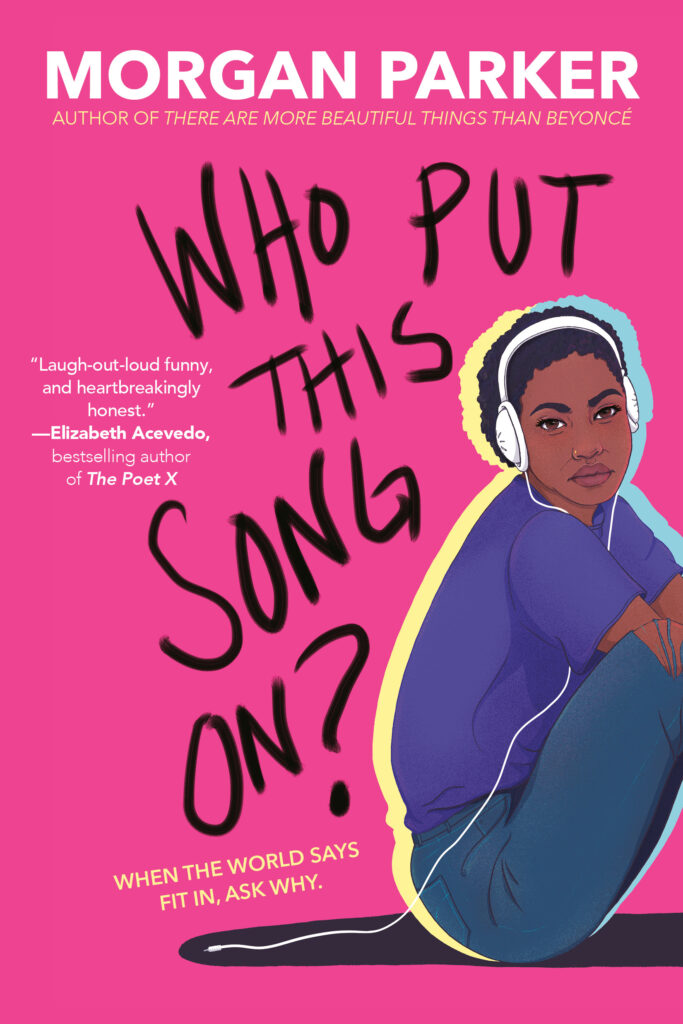

Darius the Great Is Not Okay by Adib Khorram documents a nerdy Persian American who never feels like he’s enough, as he takes his first-ever trip to Iran. He feels out of sorts, and his clinical depression is hard for him to explain to his grandparents. But things start to look up when he meets a sweet boy next door, Sohrab.
Not only is the content of Who Put This Song On? by Morgan Parker profoundly emo – the soundtrack is, too! One of the funnier novels about depression, the book features a seventeen-year-old Black girl in mostly white suburbia dealing with clinical depression (largely through listening to Sunny Day Real Estate).
Many of Heather Smith‘s bittersweet novels have their moments of intense sadness, but we wanted to limit ourselves to one. That one book is The Agony of Bun O’Keefe, mainly because “agony” is in the title. But also, we love the 1980s Newfoundland setting and the found family Bun discovers after leaving her solitary life in an unsafe house – though those found family members she ends up rooming with all have their sad tales to tell, as well.
Unhappy reading, friends!
